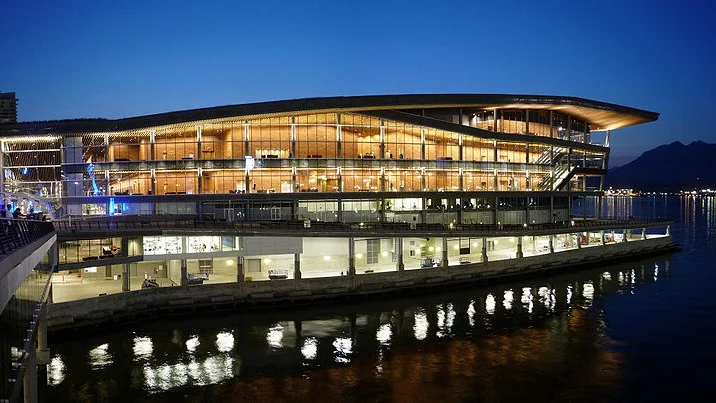Gingerbread Architecture: It's more than gumdrops and icing sugar.
When most think of gingerbread houses, they imagine stacks of golden brown gingerbread cookies that are decorated with an assortment of candy (such as gumdrops) and reinforced with icing sugar. Very rarely do people recall or know of the gingerbread house styles that were built in the late 19th century and originated in Haiti.
image © Wiki Commons
In the late 1800s and early 1900s, there was an increase of houses that were adorned with intricate latticework, ornamental siding, and vibrant colours throughout Port-au-Prince. American tourists of Haiti in the 1950’s noticed the resemblance between the homes and that of cookie gingerbread houses and so they coined the term Gingerbread for them.
image © Wiki Commons
Although they resemble gingerbread houses made at the holidays, they are said to be adaptations of French and Victorian architectural styles. Characteristics of gingerbread houses include pitched roofs, overhanging eaves, projecting square bays, open stickwork verandas, and emphasis on angular as well as vertical elements of the home.
image © Flickr
The image above, is a series of gingerbread homes located in Martha's Vineyard in Oak Bluffs, Massachusetts, USA.
While Haiti is credited with the origin of the gingerbread house and continues to protect that legacy, other parts of the world were quick to adopt the trend. You've likely come across a home that has 'gingerbread trim' - which are fancifully cut and pierced frieze boards, sawn balusters, braced arches, and scrolled brackets.
image © pxhere
Arguably, one of the most distinctive features of a gingerbread house is the ornamental architectural elements. With the invention of the scroll saw, decorum such as cornice brackets, pierced frieze board, and braced arches, were able to be made more efficiently and affordably.
image © Flickr
In addition to focusing on ornamental elements, another aspect that makes a building take on the gingerbread persona is texture. Commonly, the houses incorporate varying textures by using different shingle patterns, louvred shutters, lattice work, carved railings, and arches.
image © Wiki Commons
So while a gingerbread house that you know (and love) may be built of gingerbread, gumdrops, icing sugar, and peppermints, in architecture it’s made of vastly different materials. That doesn’t stop the houses, however, from having the familiar whimsical aesthetic.
Search 'Lattice' on CADdetails.com
cover image © Flickr















